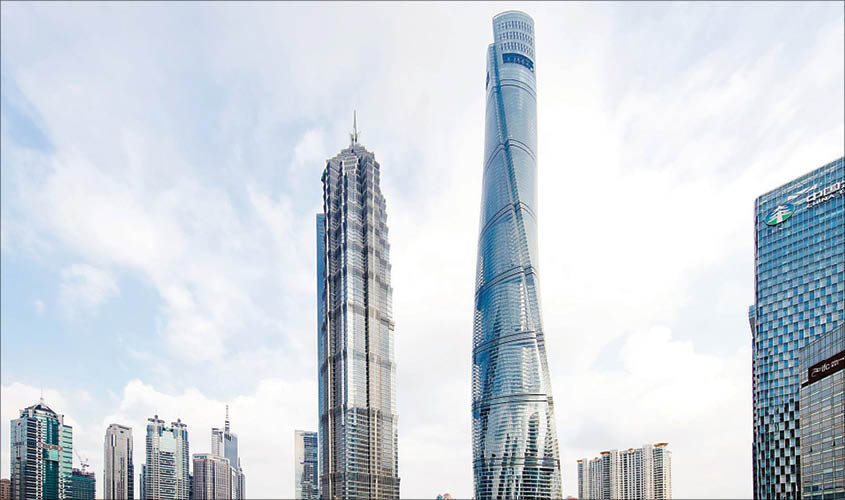Generally, dirigisme and statism result in a rift between policy and reality.
Sentimentalism and ad hoc reactions are poor substitutes for sound policy. Had decision and policy makers realised this simple fact, India’s trade with China would not have burgeoned despite a dip in it last year. Nor would the India-China trade deficit soared to $47 billion in the first nine months of this calendar year, the largest deficit we have with any country.
This is happening despite the Narendra Modi government constantly making efforts to boost manufacturing so that the flood of Chinese goods could be dammed. On 12 May 2020, the Prime Minister announced the Atmanirbhar Bharat Abhiyaan. They promised a special package of Rs 20 lakh crore for “supply chain reforms for agriculture, rational tax systems, simple & clear laws, capable human resource and strong financial system.”
In Budget 2021-22, presented on 1 February, Finance Minister Nirmala Sitharaman announced an outlay of Rs 1.97 lakh crore for the production-linked incentive (PLI) schemes for 13 key sectors. The objective was “to create national manufacturing champions and generate employment opportunities for the country’s youth.”
On 24 September, the government announced a Rs 26,400-crore PLI scheme for the auto sector. “It is estimated that over a period of five years, the PLI scheme for automobile and auto components industry will lead to fresh investments of over Rs 42,500 crore, incremental production of over Rs 2.3 lakh crore, and will create additional employment opportunities of over 7.5 lakh jobs,” an official press release said.
There are also other PLI schemes—over Rs 12,000 crore for telecom, about Rs 10,700 crore for textiles.
However, all the grand government announcements and ambitious schemes have not been able to check the inflow of Chinese goods.
According to the Chinese government data, the bilateral trade surged 49% in the first nine months this year to $90.37 billion and India’s imports from China 51.7% to $68.4 billion. The rise in India’s exports was slower, 42.5%, taking the number to $21.9 billion. What is significant is that two-way trade was 29.7% more than that in pre-pandemic period. India’s imports are 21.5% more and exports to China 64.5%.
This clearly shows that the highly publicized actions by the government—restriction investment from China, banning Chinese apps, et al—have had no effect on checking economic relations with our eastern neighbour. The public calls for boycott of Chinese goods also seem to have had little impact on their consumption.
More importantly, the highly publicised government schemes of replacing supply chains are yet to reap dividends—if there would be any.
Foreign Secretary Harsh Vardhan Shringla is worried that if the trend continues, “we are likely to attain the highest ever bilateral trade between two countries.” Speaking at a seminar on leveraging China’s economy, he expressed concern over the “the fact that the imbalance has continuously been widening.”
India continues to import components for smartphones and automobiles, telecom equipment, plastic and metallic goods, active pharmaceutical ingredients (APIs), and other chemicals from China.
Vinod Sharma, managing director of Deki Electronics and chairman, CII national ICTE manufacturing committee, said that India would need to boost the manufacture of components and share of electronic goods designed in India to boost self reliance and potentially cut imports.
“It is clear that the [mobile and electronics] industry has a long supply chain,” said Sharma, adding that there has been an increase in the share of intermediate goods such as printed circuit boards or PCBs in imports relative to finished goods such as mobile phones.
As mentioned earlier, the government did act to boost factory output and thus reduce dependence on China; but its action has been plagued with the institutionalized malaise—dirigisme. Instead of allowing private enterprise to explore the vistas of market and take decisions based on the situation on the ground, it has been commanded, if not commandeered, to do a variety of things that the bureaucratic-technocratic elite deems fit for the country. The elite’s attitude towards wealth creators remain quintessentially pre-1991: yours is not to question why, yours but to do and die.
The latest fad with the anointed ones is electric vehicles (EVs), so the biggest PLI scheme for the auto sector—the biggest for any sector announced so far—places an inordinate emphasis on electrification. This is despite the fact that EVs are least suited for India, for the simple fact that over two-thirds of our power generation comes from thermal stations and coal is the dirtiest fuel.
Generally, dirigisme and statism result in a rift between policy and reality. This is hurting not just the auto sector but the entire economy.
The government must check the powers of the economic policy elite so that they are not able to thrust their own favoured schemes down the throats of businesspersons. Only this granting of freedom can galvanize manufacturing and thus stem the tide of Chinese imports.
Ravi Shanker Kapoor is a freelance journalist.

